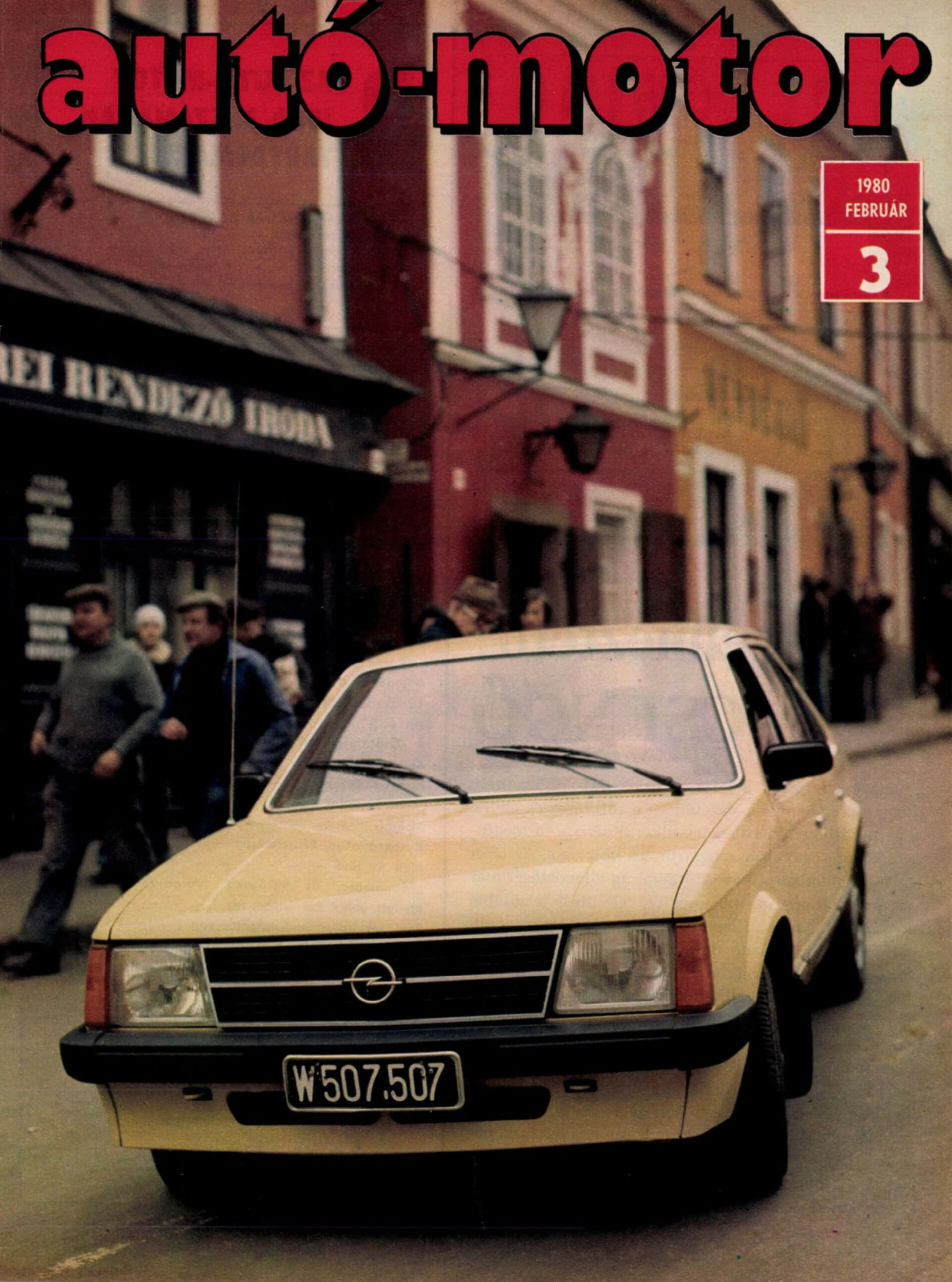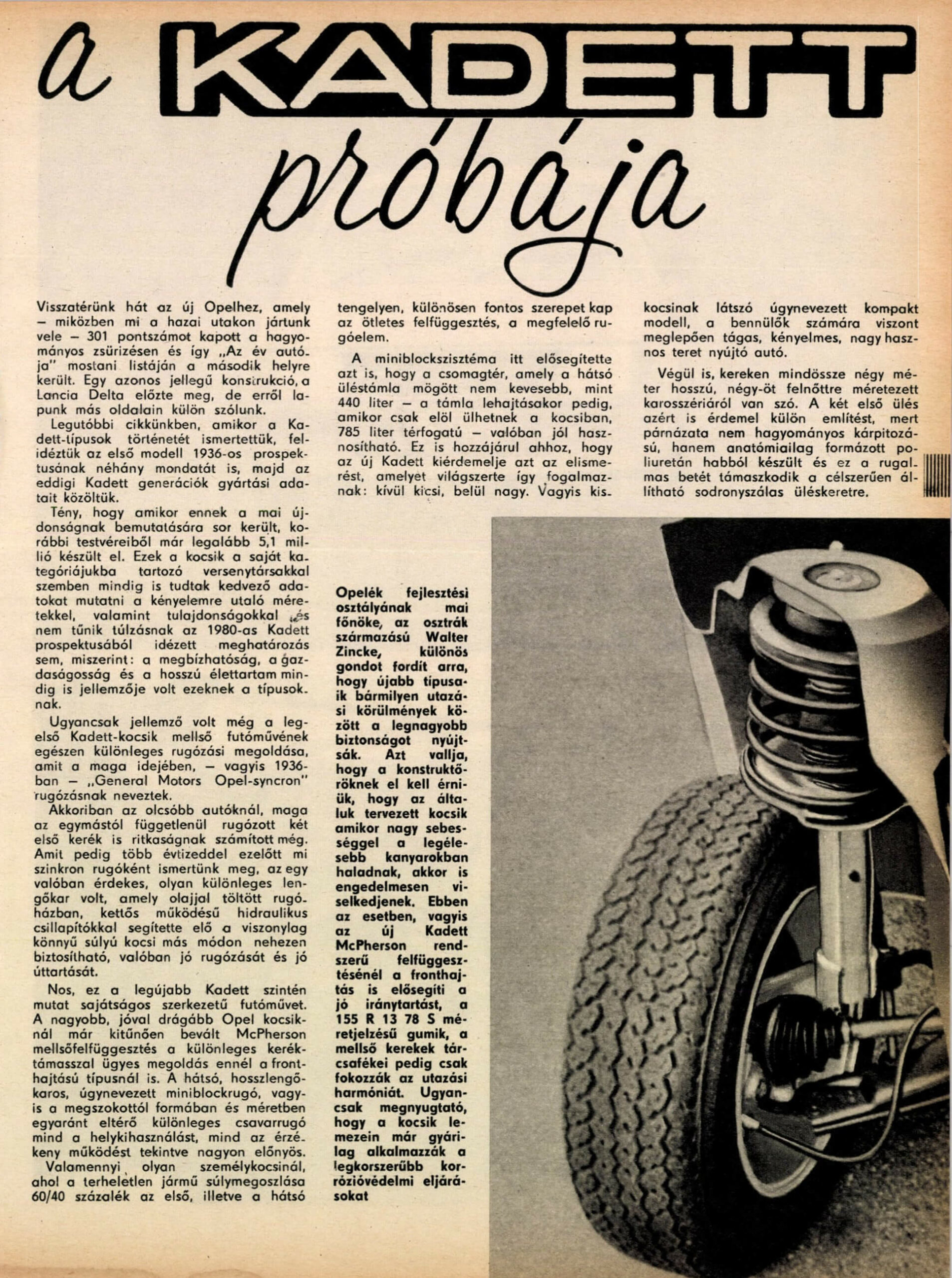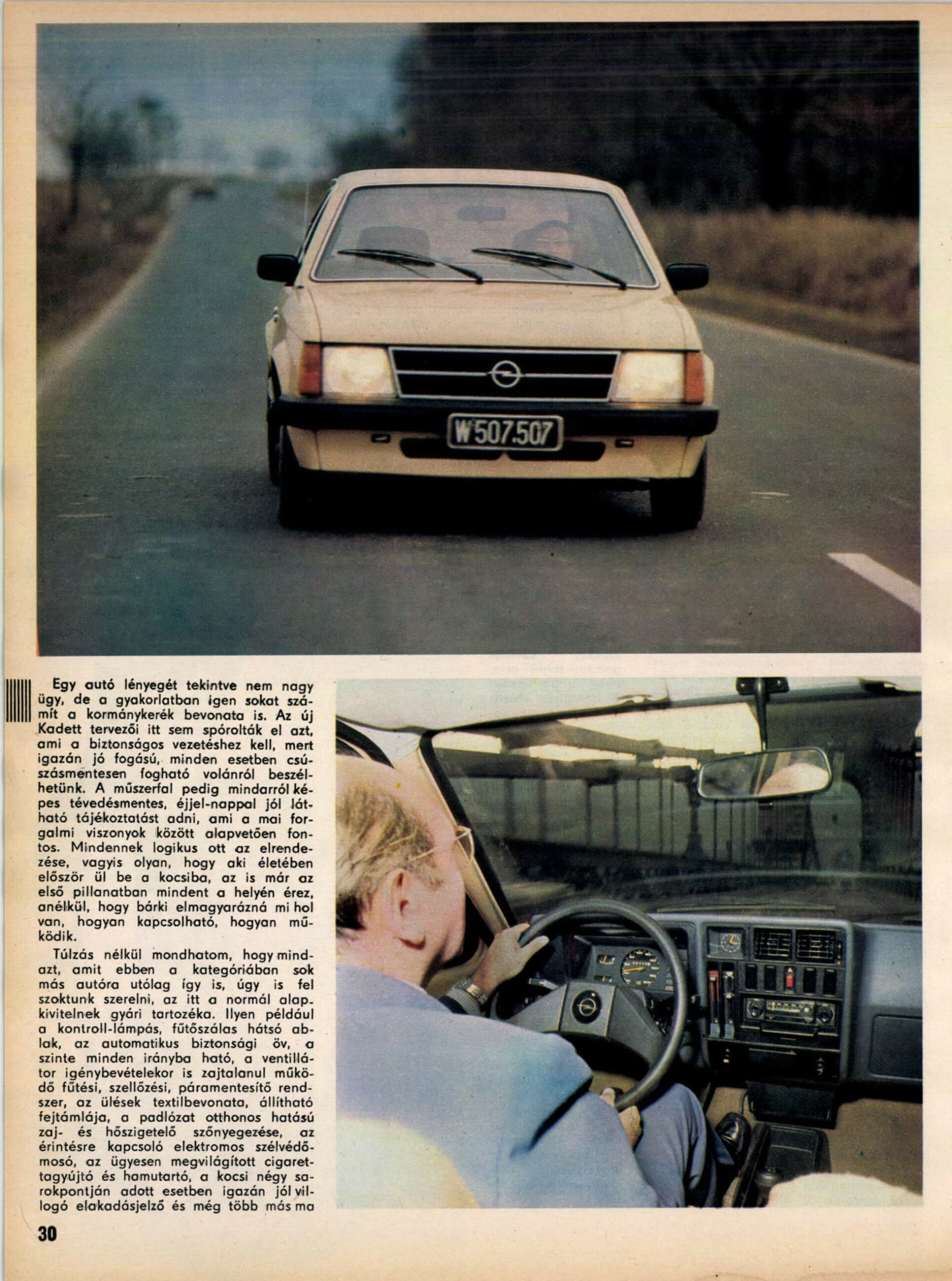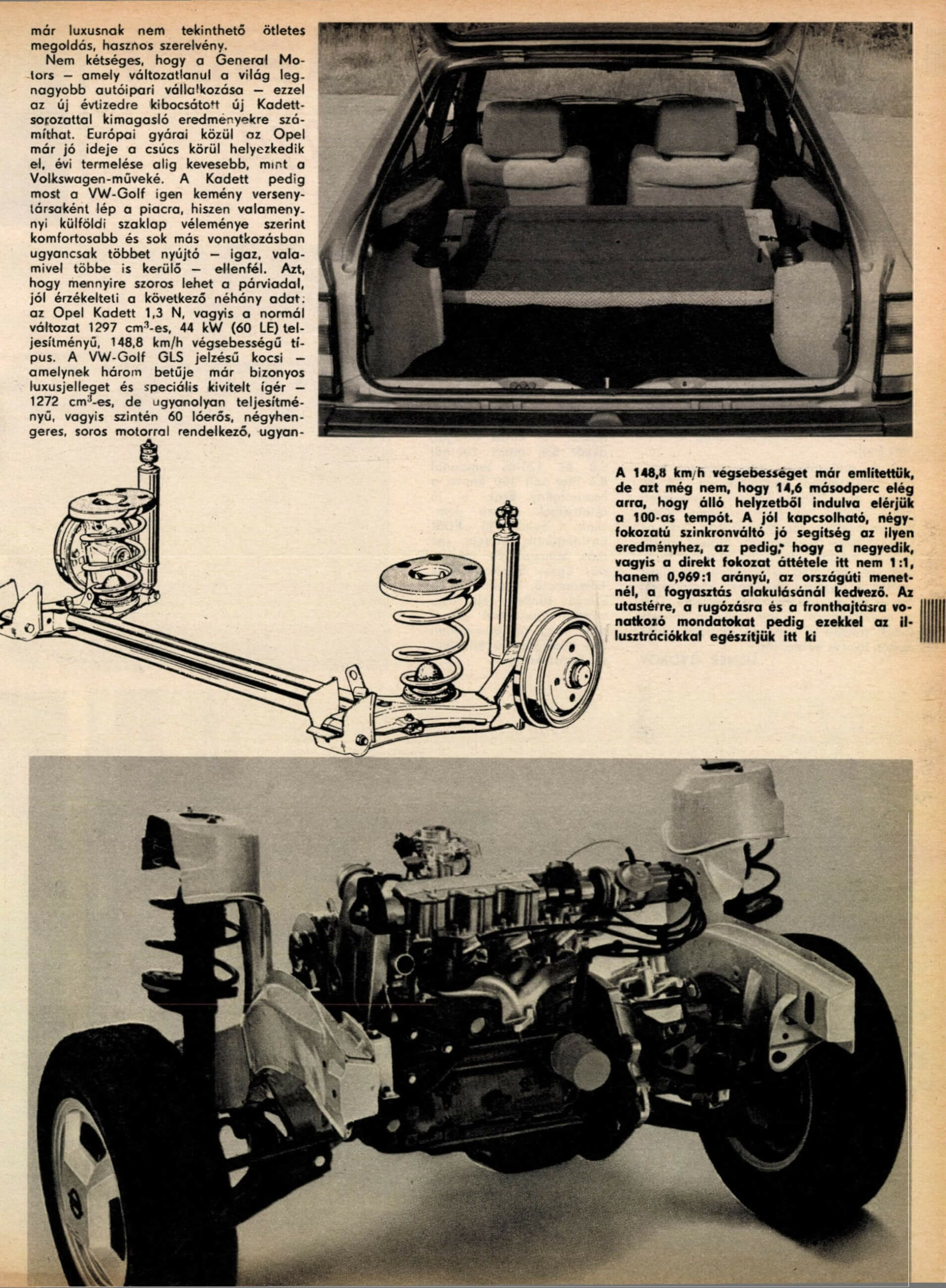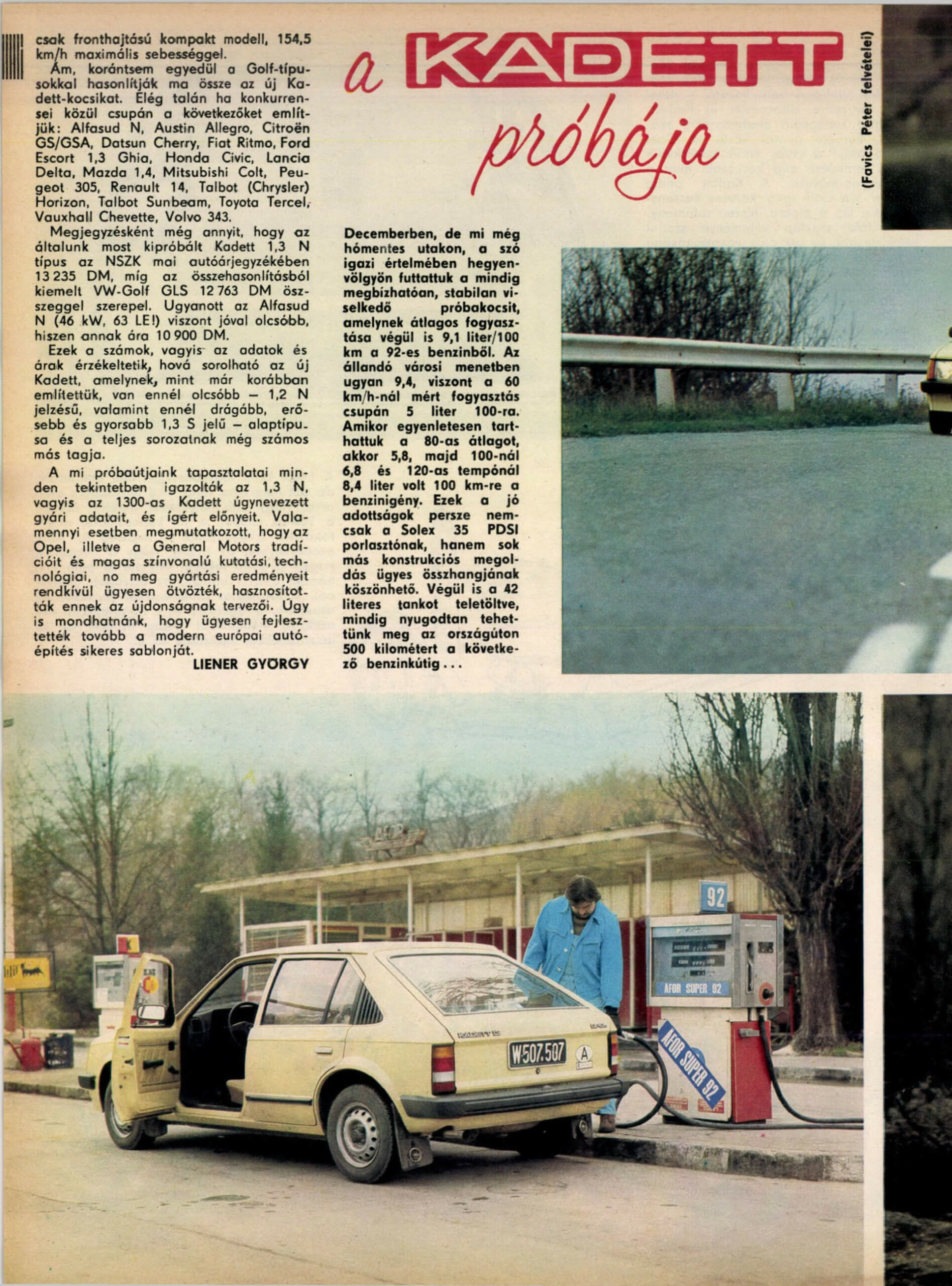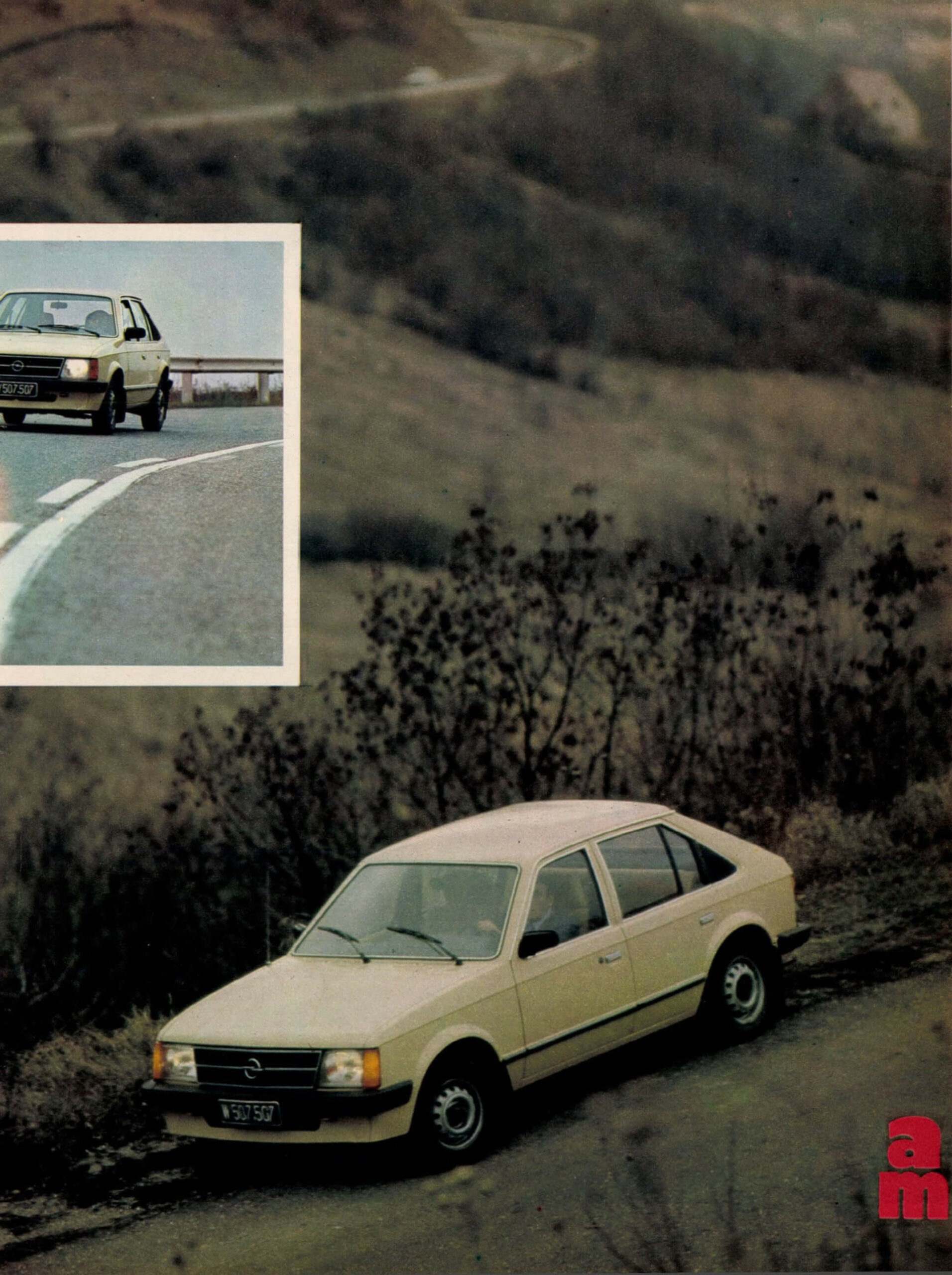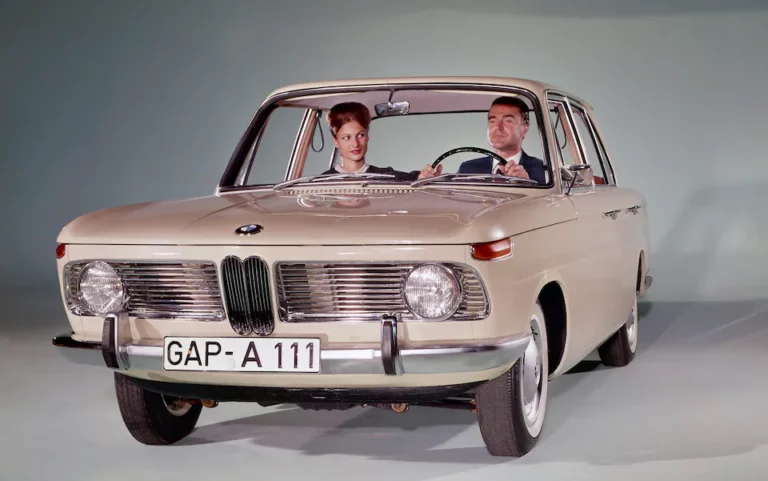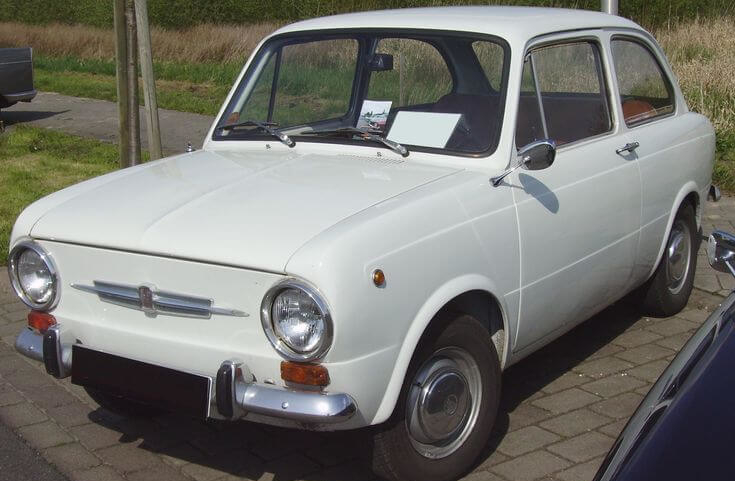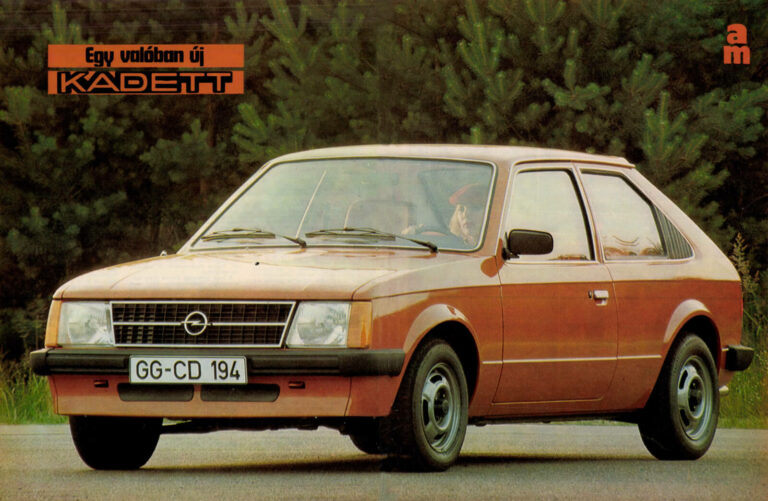1980 - Description of an Opel Kadett-D in Hungary and chronicle of a test drive 2.
Rehearsal of the Kadett
So let's get to Car Engineban 1980 the second part of a series of articles published at the beginning of Opel Kadett D-about. The writing György Liener notes, photos not otherwise indicated Péter Favics his works. As usual, you can find high-resolution images of the original article in the gallery at the end of this post.
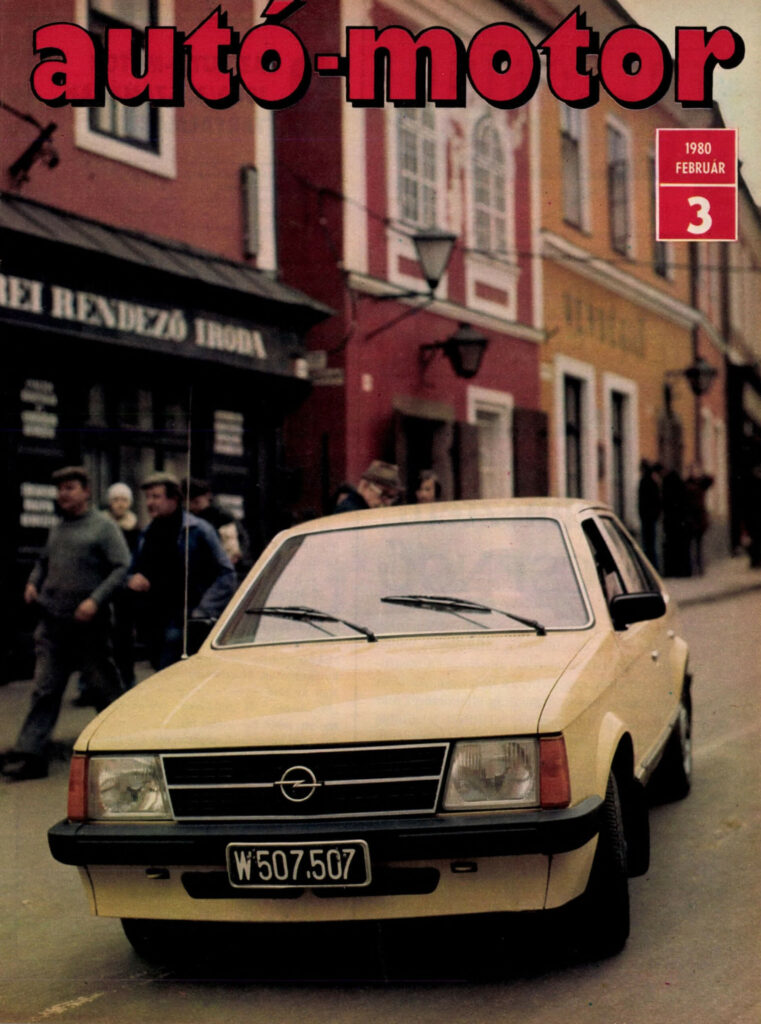
♠

So back to the new Opel, which - while we were driving it on our home roads - scored 301 points in the traditional judging and came second in this year's Car of the Year list. It was preceded by a similar design, the Lancia Delta, but that is covered separately in other pages of this magazine.
In our last article on the history of the Kadett, we recalled a few sentences from the 1936 brochure of the first model, and then gave production data for the Kadett generations to date.
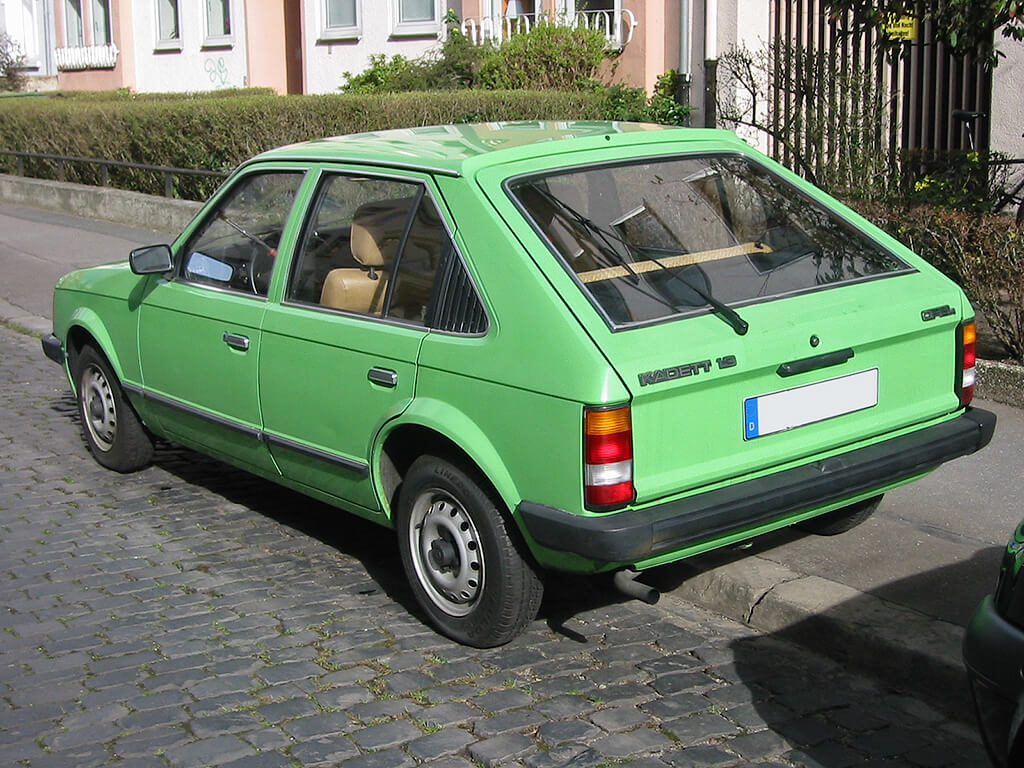
Image source: wikipedia / Sst
In fact, by the time today's newcomer was launched, at least 5.1 million of its previous siblings had already been produced. These cars have always been able to offer comfort in terms of size and features in comparison with their competitors in their class, and it is no exaggeration to quote from the 1980 Kadett brochure: reliability, economy and long life have always been the hallmarks of these models.
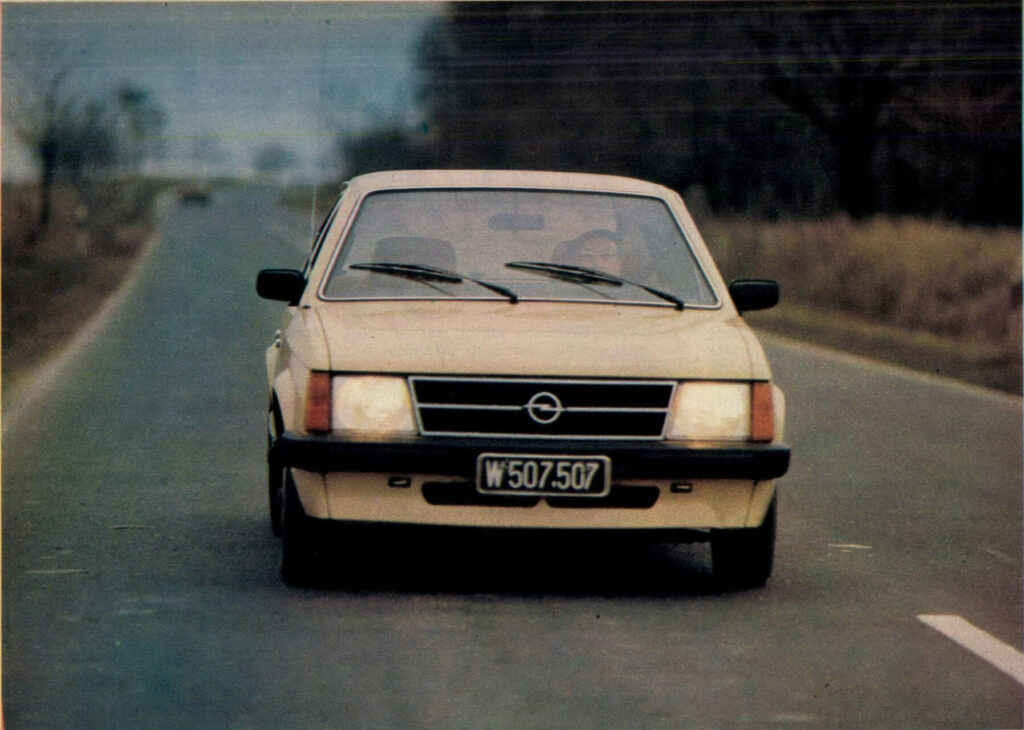
Also typical was the very special front suspension of the very first Kadett cars, which in its day - 1936 - was called the "General Motors Opel-syneron" suspension.
Back then, two independently sprung front wheels were a rarity in cheaper cars. And what we came to know decades ago as the synchronous spring was a really interesting, special kind of swing arm that used an oil-filled spring housing with dual-acting hydraulic dampers to help the relatively lightweight car achieve really good suspension and roadholding, which was otherwise difficult to achieve.
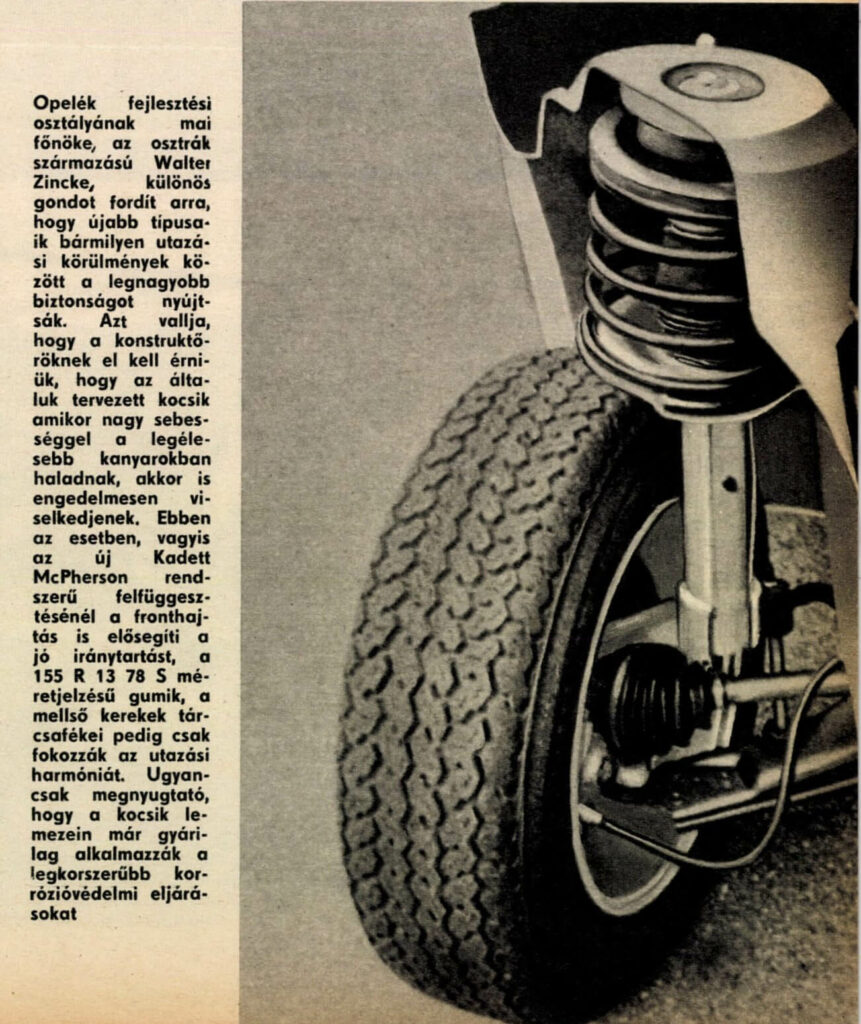
Well, this latest Kadett also features a unique chassis structure. The McPherson front suspension with special wheel support, which has already proven itself in larger, much more expensive Opel cars, is a clever solution for this front-wheel drive model. The so-called mini-block rear long-link spring, a special coil spring with a different shape and size from the usual one, is very advantageous in terms of both space utilisation and responsiveness.
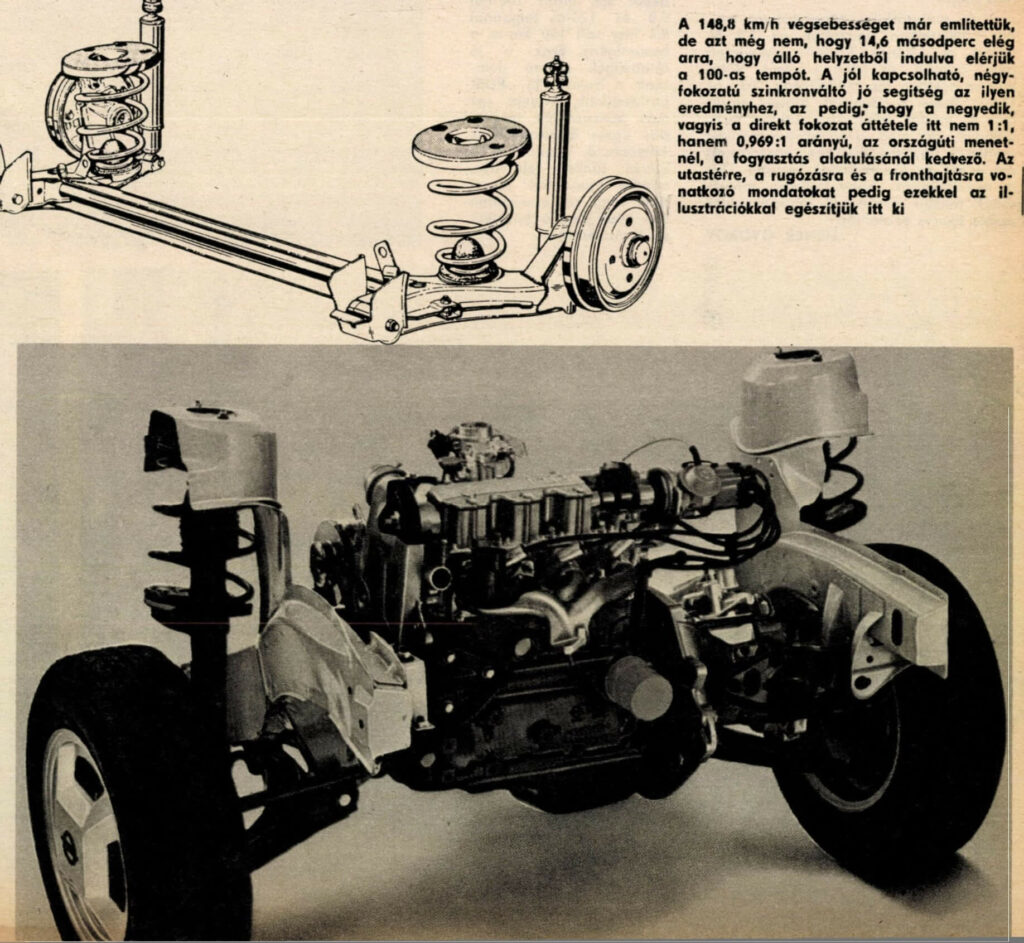
In all cars where the weight distribution of the unladen vehicle is 60/40 percent on the front and rear axles, an ingenious suspension system with the right spring element is particularly important.
Here, the miniblock system has also helped to make good use of the luggage space, which is no less than 440 litres behind the rear seat backrest - and 785 litres when the backrest is folded down to allow only front-seat passengers to sit in the car. This also helps the new Kadett to earn the accolade that has been said the world over: small on the outside, big on the inside. In other words, it's a so-called compact model that looks like a small car, but for those inside it's surprisingly spacious, comfortable and offers a lot of usable space.
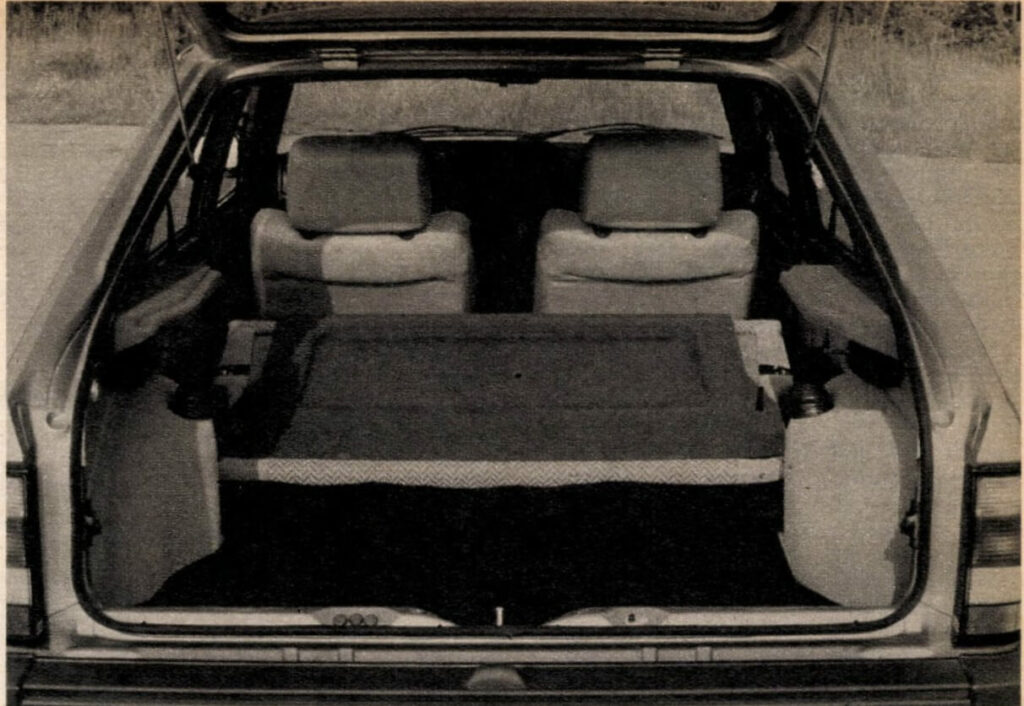
After all, it's only four metres long and has a body for four or five adults. The two front seats deserve a special mention because they are not upholstered in traditional upholstery, but in anatomically moulded polyurethane foam, and this flexible padding rests on a purposefully adjustable wire mesh seat frame.
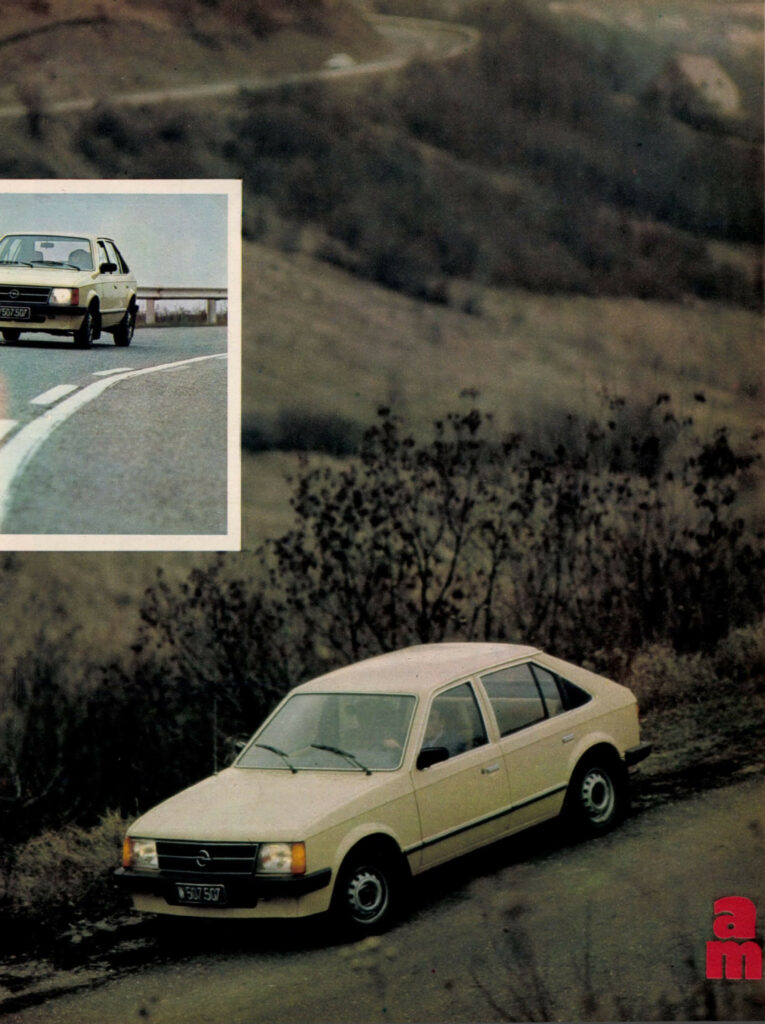
It's not a big deal in terms of the substance of a car, but in practice the coating of the steering wheel makes a big difference. The designers of the new Kadett have not skimped on what's needed for safe driving, because the steering wheel has a really good grip and is always non-slip. And the instrument cluster is capable of providing the error-free, day-and-night visibility that is essential in today's traffic conditions. Everything is logically laid out, so that anyone getting into the car for the first time will feel everything in place from the first moment, without anyone explaining where it is, how it is connected or how it works.
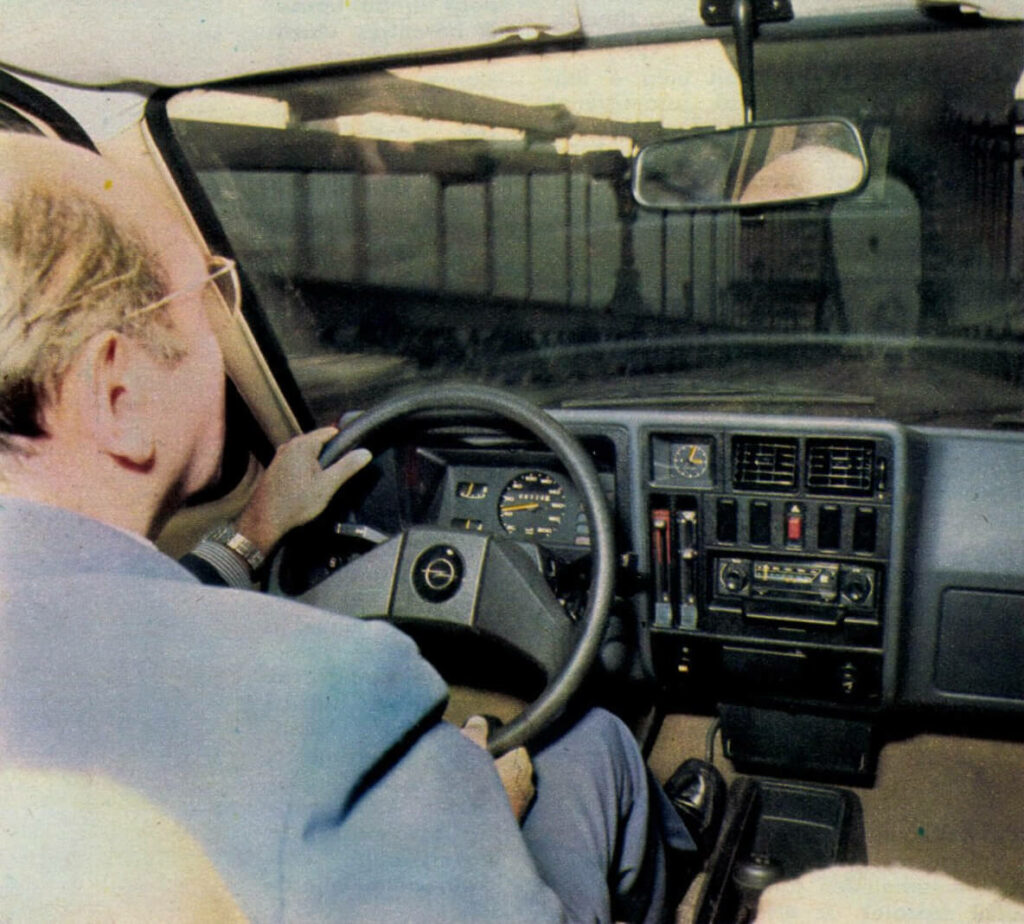
Without exaggeration, I can say that everything that is retrofitted to many other cars in this category is standard equipment here. For example: the rear window with control lamps and heated rear window, the automatic seat belt, the heating, ventilation and dehumidification system that works in almost all directions and is silent even when the fan is running, the textile upholstery of the seats, the adjustable headrest, the noise and heat insulation carpeting of the flooring with a homely effect, the touch-activated electric windscreen washer, the cleverly illuminated cigarette lighter and ashtray, the four corners of the car with their very good hazard warning lights, and many other ingenious solutions and useful features that are no longer considered luxuries.
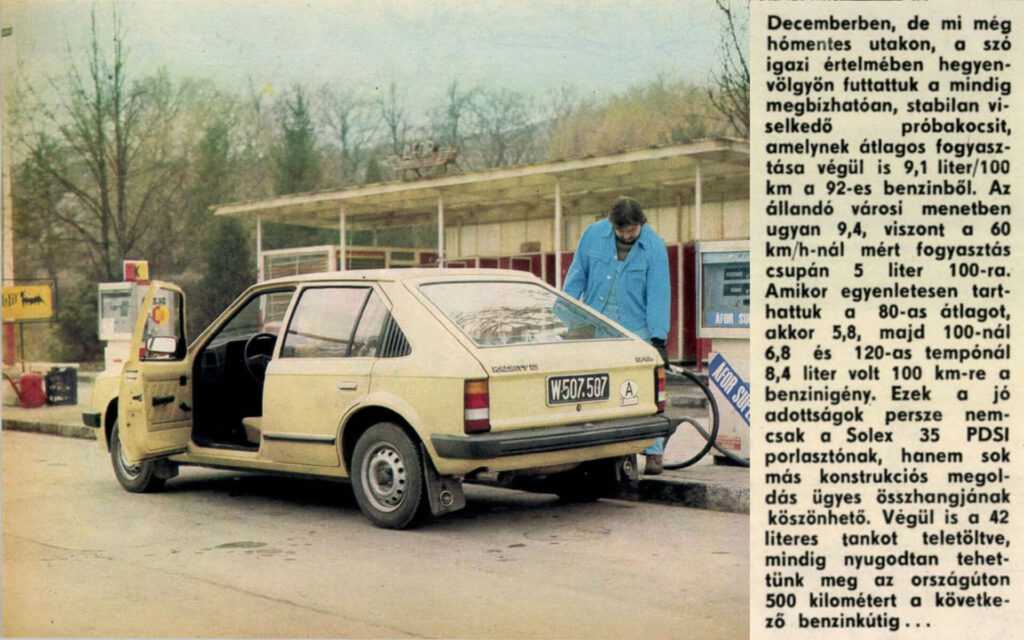
There is no doubt that General Motors, which remains the world's largest automotive company, can expect outstanding results with this new Kadett range for the new decade. Opel has been around the top of the league among its European plants for some time now, with annual production just below that of Volkswagen. And the Kadett is now entering the market as a very tough competitor to the VW Golf, which all foreign magazines consider to be more comfortable and more competitive in many other respects, albeit at a slightly higher cost. Just how close the duel can be is illustrated by the following figures: the Opel Kadett 1.3 N, the standard version, has a displacement of 1,297 cc, 44 kW (60 hp) and a top speed of 148.8 km/h. The Kadett 1.3 N is a very compact car with a maximum power of 44 kW (60 hp). The VW Golf GLS - the three letters of which promise a certain tuxedo character and a special version - is a compact model with a 1272 cc engine, but the same power output, i.e. also 60 hp, four-cylinder in-line engine, also with front-wheel drive, and a top speed of 154.5 km/h.
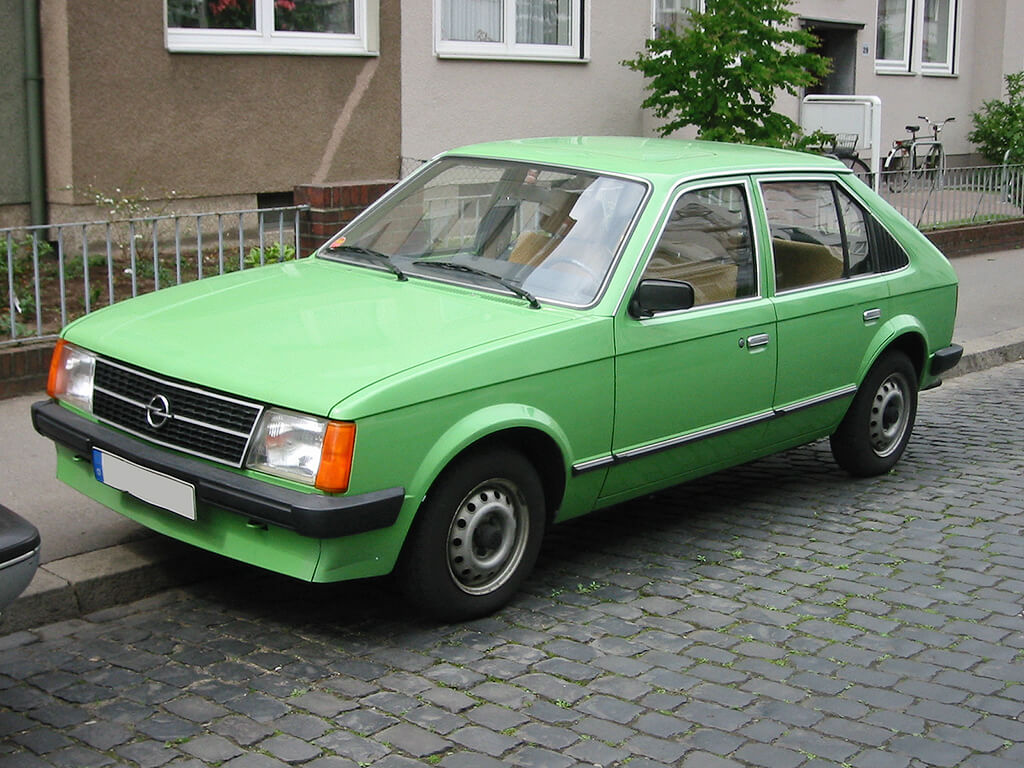
Image source: wikipedia
But the new Kadett cars are not the only ones being compared with Golf models today. Perhaps we need only mention the following competitors.
As a note, the Kadett 1.3 N model we just tested is listed at DM 13235 in today's car price list of the NSZK, while the VW-Golf GLS we have highlighted for comparison is listed at DM 12763. But the Alfasud N (46 kW, 63 hp!) is much cheaper at DM 10900!
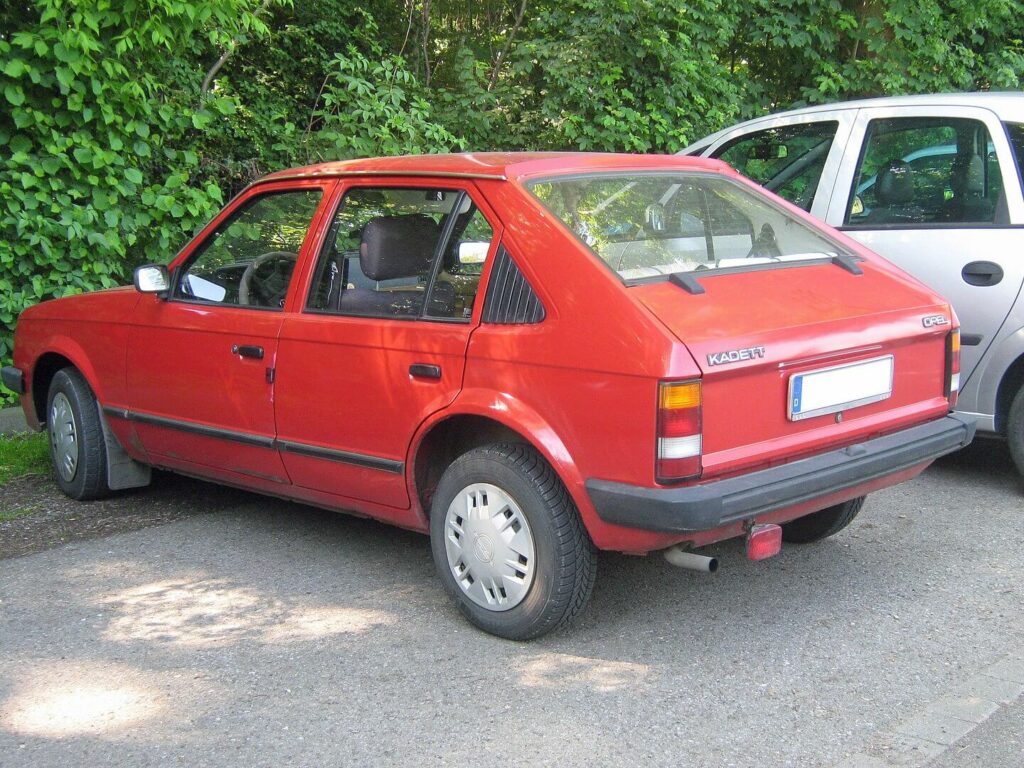
Rarely seen version with four doors - Image source: wiki / Kroelleboelle
These numbers, in other words the figures and prices, give a sense of where the new Kadett falls, which, as mentioned earlier, has a cheaper base model - the 1.2 N, and a more expensive, more powerful and faster 1.3 S - and several others in the range.
Our test drive experience confirmed in every respect the so-called factory specs and promised benefits of the 1.3 N, or 1300 Kadett. In all cases, it was clear that the Opel and General Motors traditions and the high quality of their research, technology and production were skilfully combined and exploited by the designers of this new product. One could say that they have cleverly developed the successful template of modern European car design.
MR LIENER
